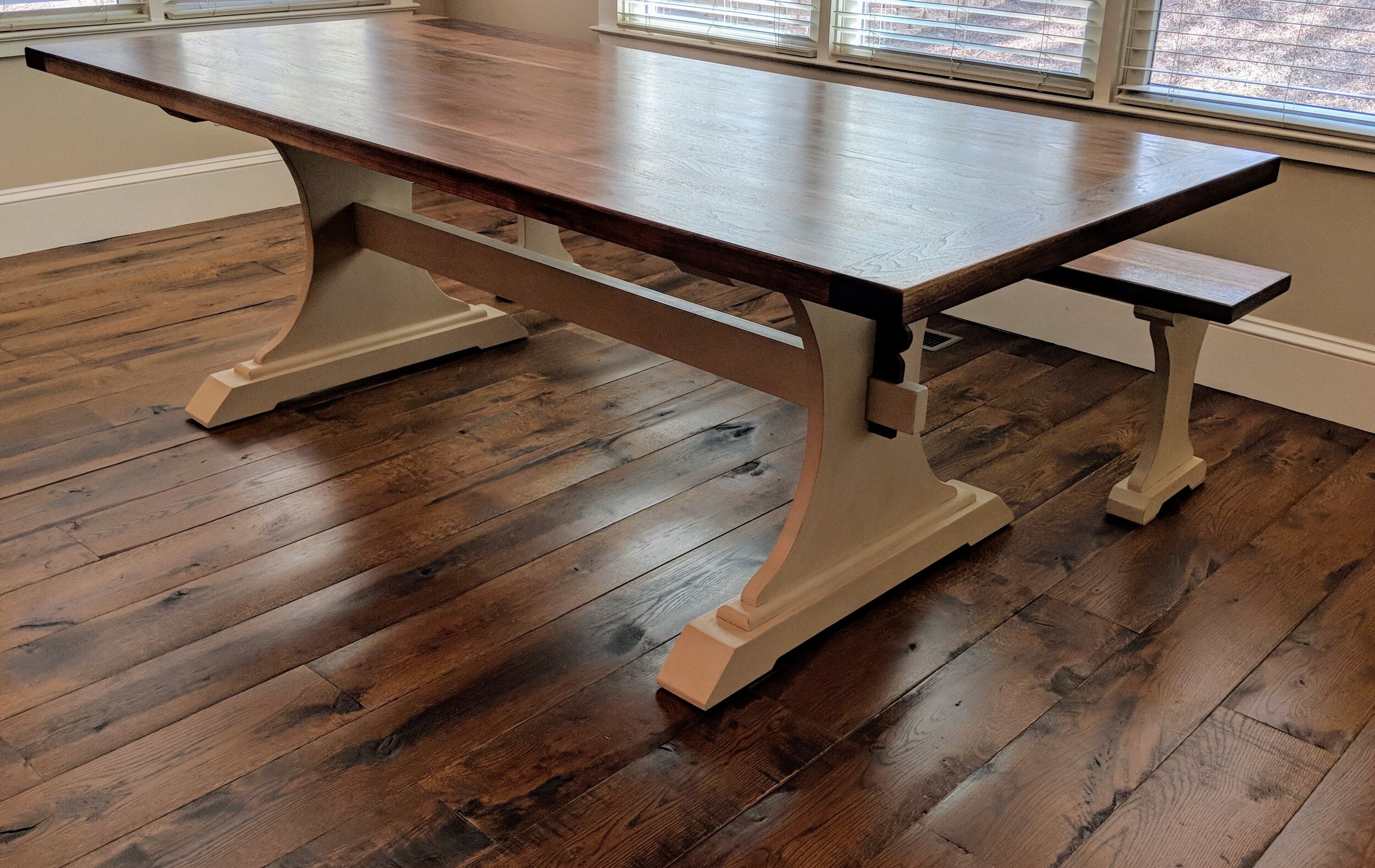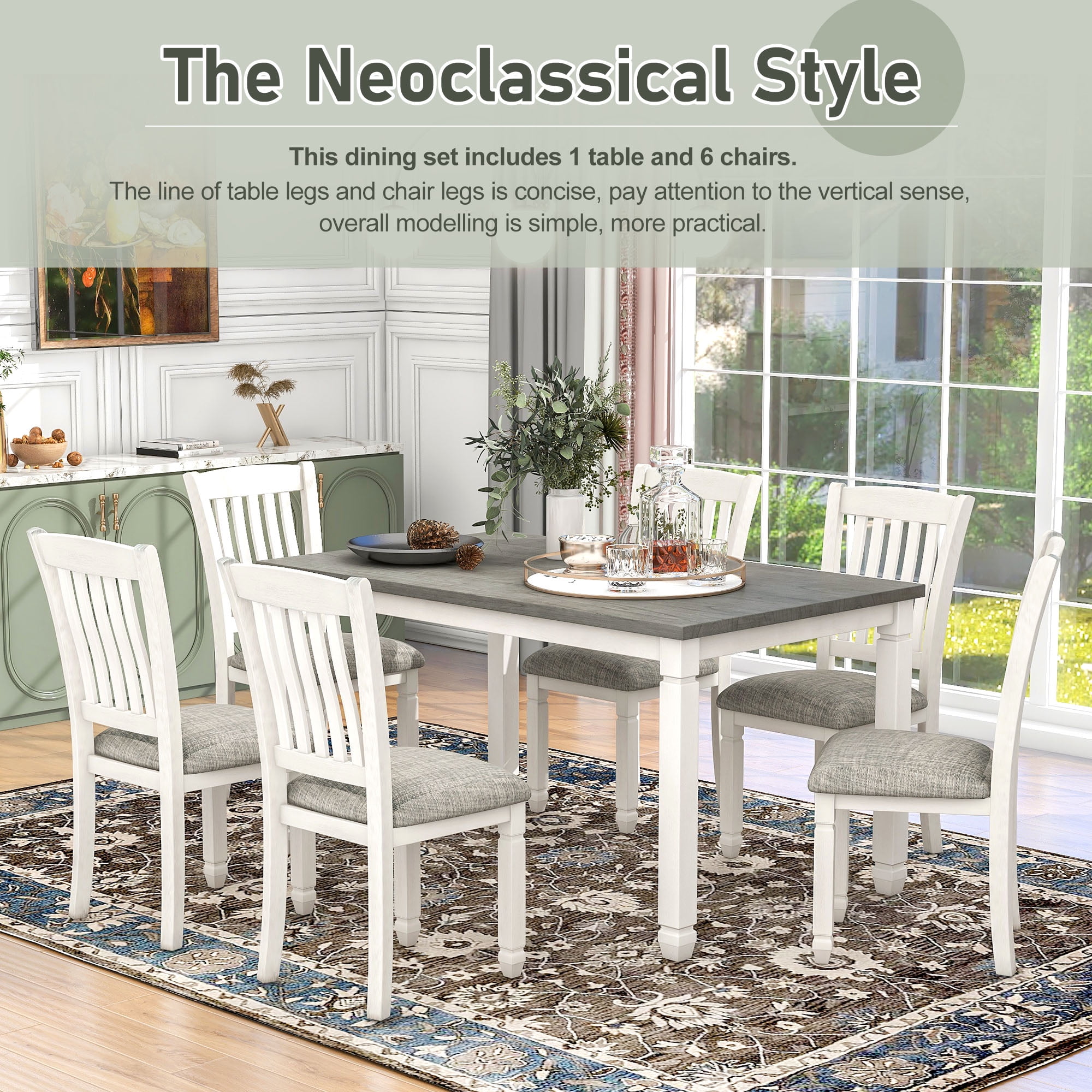The Best Materials for Durable and Elegant Dining Room Table Legs
The Best Materials for Durable and Elegant Dining Room Table Legs
Blog Article
From Traditional to Modern: Locate the Perfect Dining-room Table Legs for Your Design
While traditional designs such as cabriole and transformed legs stimulate a feeling of classic elegance, modern styles like barrette and geometric options offer an opportunity for striking aesthetic passion. As you think about these components, the inquiry stays: exactly how can you effortlessly incorporate these varied leg designs to create an unified dining experience?
Recognizing Table Leg Styles
The selection of dining-room table leg styles can substantially affect both the appearances and capability of the room. Each leg design adds distinct sensible attributes and visual components, dealing with varied design choices and usage needs. Comprehending these styles is important for picking the right table that straightens with your general interior decoration vision.
For example, tapered legs provide a clean, traditional appearance that can improve a room's sophistication, while stand bases offer security and maximize legroom, making them perfect for smaller sized spaces. Hairpin legs, a hallmark of mid-century modern style, introduce a commercial flair, enabling a ventilated, open feeling. Trestle legs evoke rustic charm, giving robust assistance and a feeling of timelessness.
Moreover, the choice of products plays a considerable duty. Wood legs can bring heat and appearance, whereas metal alternatives frequently communicate a sleek, modern ambiance. Ultimately, understanding table leg designs is crucial for creating a natural eating area that reflects personal design while guaranteeing functionality and comfort. By thoughtfully taking into consideration these elements, you can enhance both the visual and practical charm of your dining room.
Standard Table Leg Options
When choosing eating room table legs, standard choices frequently symbolize classic style and craftsmanship. These designs reflect an abundant heritage and a commitment to top quality, making them optimal for those that value traditional aesthetic appeals.
Among one of the most famous typical leg designs is the cabriole leg, defined by its graceful bent shape. This design typically features attractive carvings and is most commonly discovered in Queen Anne and Chippendale furniture. An additional popular alternative is the transformed leg, which flaunts a collection of smooth, rounded forms that offer a traditional appearance while preserving stability.
Additionally, the straight leg, while easy, uses a durable and unadorned framework that can blend seamlessly with a variety of tabletop styles. For those attracted to ornate detailing, claw-and-ball feet legs stimulate a feeling of splendour and can work as a spectacular focal point in any type of dining room.
Lastly, pedestal bases, although not strictly legs, give a different standard alternative that enables enough legroom and can be wonderfully sculpted. Each of these standard leg styles adds to the overall setting of a dining room, weding function with visual appeal.

Modern Table Leg Designs
Modern table leg designs offer a varied array of styles that stress ingenious materials and clean lines. These styles often focus on functionality while functioning as striking focal points within a dining space. Minimalist looks are common, with legs crafted from materials such as metal, glass, and engineered wood, which add to a airy and contemporary feel.
One popular layout is the hairpin leg, identified by its slender, conical structure that supplies security without frustrating the table top (dining room table legs). This style is frequently discovered in mid-century modern furniture and can easily complement numerous table forms. An additional fad is making use of geometric forms, where legs might take on asymmetrical or angular types, including aesthetic rate of interest and a touch of artistry

Mixing Styles for Unique Areas
Typically, house owners seek to produce special eating areas that reflect their individual design by mixing different style elements. This strategy allows for the incorporation of varied aesthetics, resulting in a harmonious yet distinct atmosphere. For circumstances, combining a rustic wooden table with streamlined, contemporary metal legs can develop an attractive contrast that raises the room's overall charm.
Additionally, incorporating vintage table legs with contemporary tabletops can stimulate a sense of background while maintaining a modern sensibility. Such combinations not only display individual preference but additionally encourage creative thinking, enabling home owners to curate an area that really feels both individual and welcoming.
Color plays an essential duty in this blending process; picking table legs that match or contrast with the existing color system can improve aesthetic passion. As an example, whitewashed legs can soften the daring of a dark table surface, creating a well balanced aesthetic.
Tips for Selecting the Right Legs
Selecting the right table legs is important for attaining both capability and visual appeal in your eating space. Begin by thinking about the overall design this link of your area. Typical setups benefit from legs that include intricate carvings or transformed styles, while modern rooms may ask for streamlined, minimalist designs.
Following, evaluate the elevation and stability of the legs. dining room table legs. Standard dining tables range between 28 to 30 inches in elevation, so ensure the legs complement this dimension for comfort. Additionally, durable materials, such as hardwood or steel, can improve stability and longevity
Examine the leg shape as well-- alternatives include directly, tapered, or stand layouts. Straight legs supply a classic look, while conical legs can include a touch of beauty. Pedestal bases give ample legroom their explanation and are suitable for smaller sized areas.
Verdict
In recap, selecting the perfect dining-room table legs requires cautious factor to consider of both conventional and modern-day designs. Standard options such as cabriole and transformed legs supply classic style, while modern-day styles like hairpin and geometric forms give a contemporary touch. By balancing leg design, elevation, and product with the overall decor, a cohesive and welcoming environment can be achieved. Eventually, the chosen table legs ought to show the wanted aesthetic, enhancing the dining experience within the space.
The variety of eating space table leg styles can considerably affect both the aesthetic appeals and functionality of the area. Ultimately, recognizing table leg styles is essential for creating a natural eating location that reflects personal style while making certain practicality and convenience.One of the most legendary typical leg styles is the cabriole leg, identified by its graceful rounded form. Straight legs supply a classic appearance, while conical legs can add a touch of elegance.In recap, selecting the optimal dining area table legs needs cautious factor to consider of both typical and contemporary designs.
Report this page